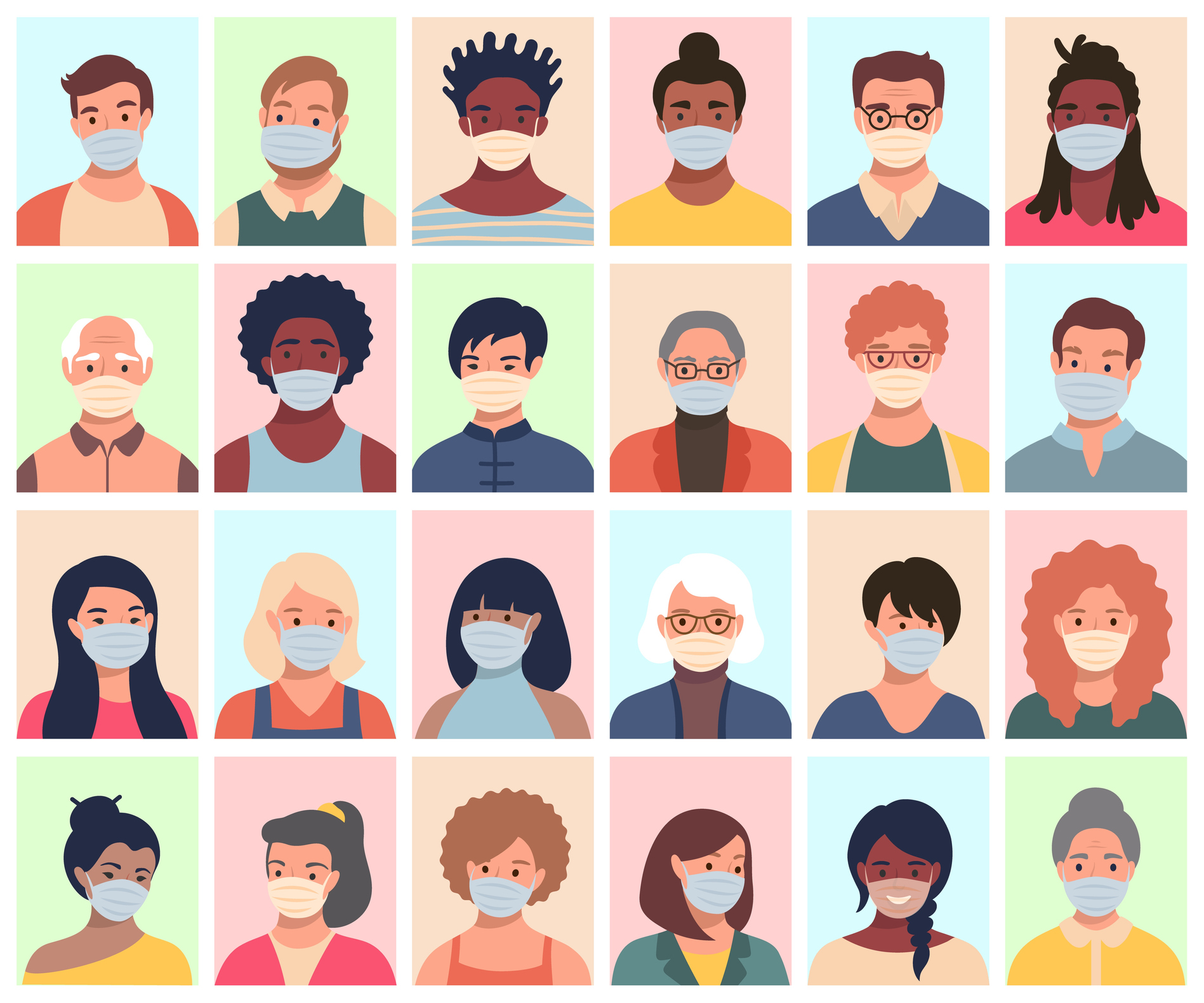
Safeguarding and Face-Coverings
Whilst the decision to make face-coverings in shops and on public transport compulsory may be beneficial to prevent further spread of coronavirus, the wearing of face-coverings does present challenges when considered through the lens of safeguarding.
For survivors of abuse, the wearing of face-coverings or being unable to see the faces of others, can make them feel worried or intimidated.
The wearing of face-masks can also make it more difficult to spot safeguarding concerns.
We have discussed the safeguarding challenges of face-coverings and signposted to resources where you can find additional support.
Survivors of abuse
The Survivors Trust have had a high number of calls from survivors that have described how covering their own face, or seeing the covered faces of others, has been a triggering experience for them.
Wearing a face-covering can trigger memories of abuse, such as the feeling of having a hand covering your mouth or your face pushed into a pillow. Face-coverings can make us feel claustrophobic. This can trigger fears of having a panic attack or losing control of our breathing.
Although it is not compulsory for everyone to wear a face covering, many survivors of abuse are worried about the reaction of other people if they are not wearing a mask.
Where can you find support?
- The Survivors Trust have created discreet face-mask exemption card for survivors of abuse that can be used in shops and on public transport for those unable to wear a face covering.
- If you, or someone you are supporting experiences anxiety related to past experiences, whether this is due to face-coverings or being overwhelmed by busy places, consider using grounding techniques. This can help remind ourselves that we are safe.
- Women’s Aid has advice to support survivors who choose to wear a face-mask, and provides a live chat available for survivors of domestic abuse that are concerned about wearing a face-mask.
Remember that when someone decides to go mask-free, we may not always know their reasons.
Everyone can show their support for survivors of abuse by respecting those that choose not to wear a mask.
How can you spot safeguarding concerns behind a face-covering?
Recognising the potential signs of harm or abuse, and knowing what to do if you have a concern, can make a real difference. Facial cues, emotions and expressions can be important triggers for altering us to a safeguarding concern.
As we follow guidance regarding social distancing and the wearing of face-masks, it is important that we continue to be mindful of other signs that could indicate someone is at risk of harm, abuse or neglect.
What are potential signs someone is at risk of harm or abuse?
- Hearing aggressive verbal communication, such as shouting or intimidating language
- Witnessing someone looking frightened or guarded
- Noticing that someone has poor hygiene or inappropriate clothing
How can your report a safeguarding concern?
- If you believe someone is in immediate danger, contact the police on 999.
- If you are worried about either an adult or child who may be a victim of abuse, you can contact your local council to report your concerns.
- If you are concerned about someone in the workplace, speak with your manager.
- The Government’s latest guidance provides advice on how to spot the signs of abuse and neglect and report safeguarding concerns during the pandemic.
Safeguarding is everyone’s responsibility.
If you are concerned that someone may be at risk of abuse or neglect, always report this. Never assume safeguarding is someone else’s responsibility.
